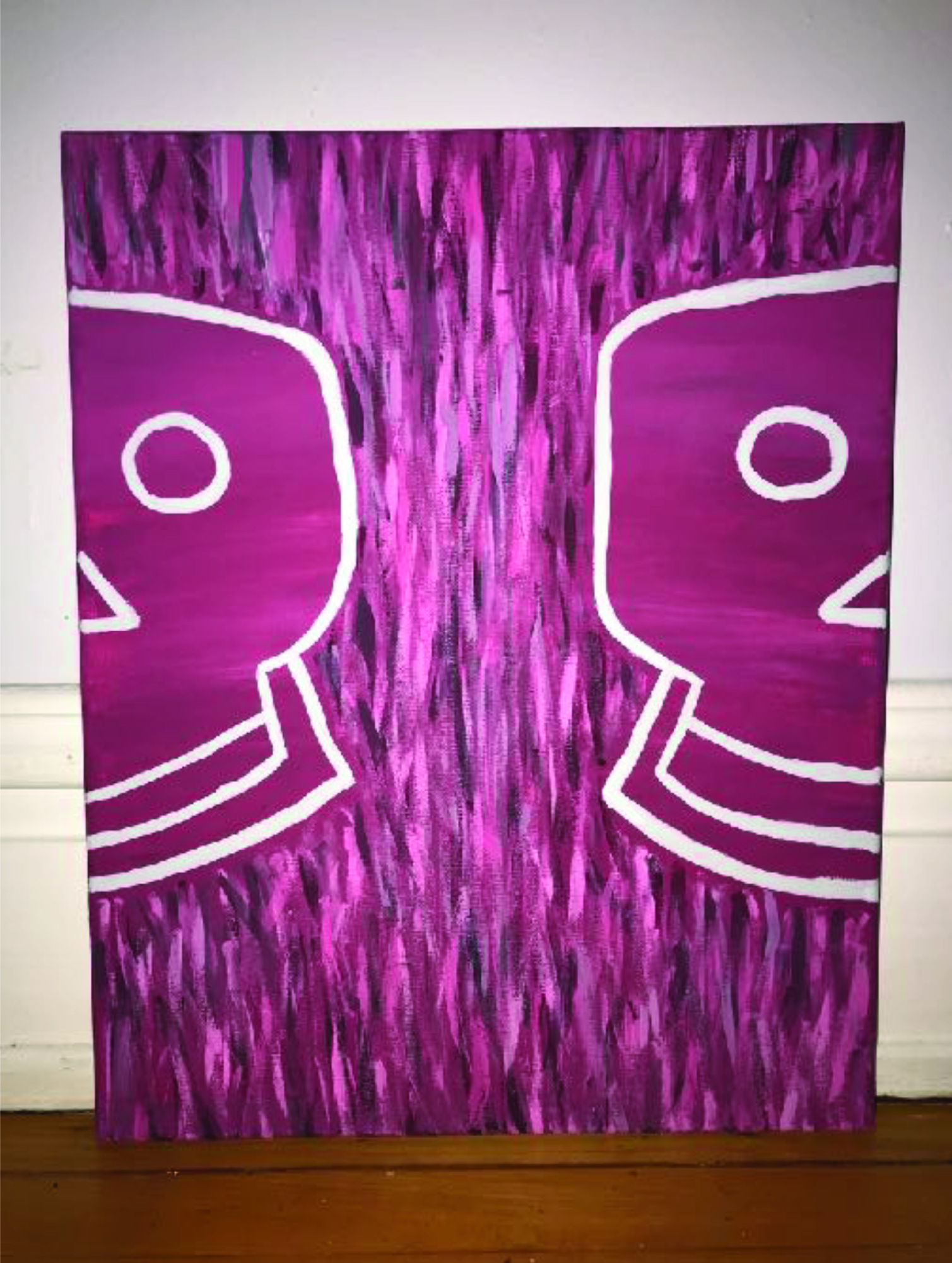2020 People’s Choice Award Winner – Henry Bushell



Stoic Meditation
The practice of meditation is good for the mind, body, and soul. Recently, public interest in mindfulness and meditation has soared leading to a rise in legitimate scientific attention and research. There were 216 randomized controlled clinical trials involving meditation between 2013-2015, ten years earlier there had only been 11 studies conducted (Powell). Scientific research can now identify and better understand how meditation affects specific brain regions and functions.
The left hippocampus, which is responsible for episodic memory, self-awareness, and spacial cognition, has been shown to grow in volume through the practice of mediation. The Posterior Cingulate is one of the most metabolically active regions in the brain, connected with wandering thoughts and self-relevance. Using generative topographic mapping studies show meditation increases the density of the Posterior Cingulate and better allow individuals to observe sensations and emotions without overreaction (Mindworks). In addition, meditation has been shown to decrease the size of the amygdala. This brain region, located deep within the temporal lobes, is the primary structure responsible for “flight or fight” response. The amygdala controls anxiety and panic when environmental stressors are present. It is the core fear system for the body, responsible for interpreting external factors, anything happening outside the body, into internal physiological responses such as increased heart rate, blood pressure, and the release of adrenaline (Best). One of the earliest brain regions to develop, the amygdala allowed for our early human ancestors necessary reactions to environmental stressors that threatened their survival (“The Amygdala and Fear Conditioning”). However, today we are not faced with the ancient predator and pray situations that threatened our ancestors survival. Instead, our amygdala is firing in response to modern day emotions like fear, anxiety, and anger that lead to “flight or fight” responses. Human civilization has developed, providing people with a stable society where their survival is not threatened by predators on a daily basis. However, our response system, tailored for detecting and reacting to stressors, has not. Meditation allows for better dictation of emotional responses, especially those of the “flight or fight” that we face everyday.
The background of the work is representative of all the environmental stressors that one may face. The chaotic nature of external stimuli that constantly threaten to consume a person exist all around them. The varying length of the brushstrokes, changing colors, and splatter paint that surround the skulls are representative of every and any external stressor a person may face. However, a person has the ability to turn their focus inside. Mediation allows a person to experience self-reflection, introspection, and awareness. Inside the skull, there is one solid color. It is unified and calm in contrast to the chaotic designs that surround it. This solid color on the canvas is representative of the sense of inner peace and stability mediation can facilitate. It empowers a person to separate external factors from their own internal experience.
Citations:
Best, Ben. “The Amygdala and Emotions – Chapter 9.” THE AMYGDALA AND THE
EMOTIONS, 2004, www.benbest.com/science/anatmind/anatmd9.html.
Mindworks Team Mindworks. “How Meditation Changes the Brain: Mindworks – Mindfully
Rewire.” Mindworks Meditation, Mindfulness Meditation Blog, December 29, 2019.
mindworks.org/blog/how-meditation-changes-the-brain/.
Powell, Alvin. When Science Meets Mindfulness. The Harvard Gazette, Health and Medicine.
April 9, 2018. http://news.harvard.edu/gazette/story/2018/04/harvard-researchers-studyhow-
mindfulness-may-change-the-brain-in-depressed-patients/.
“The Amygdala and Fear Conditioning.” Brains Explained, YouTube, 9 Oct. 2019,
www.youtube.com/watch?v=Qmpcf7ZlL18.
